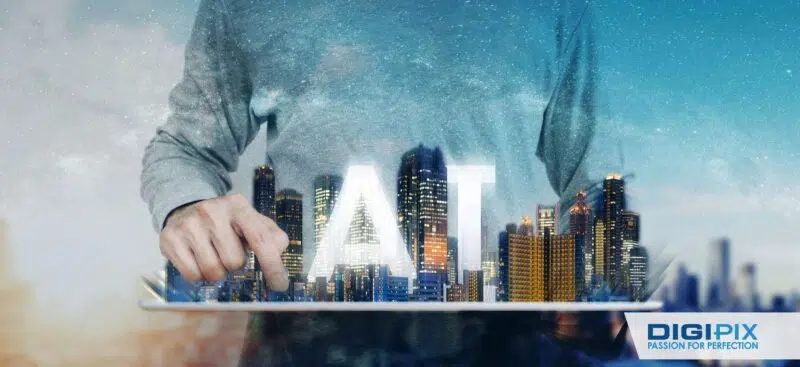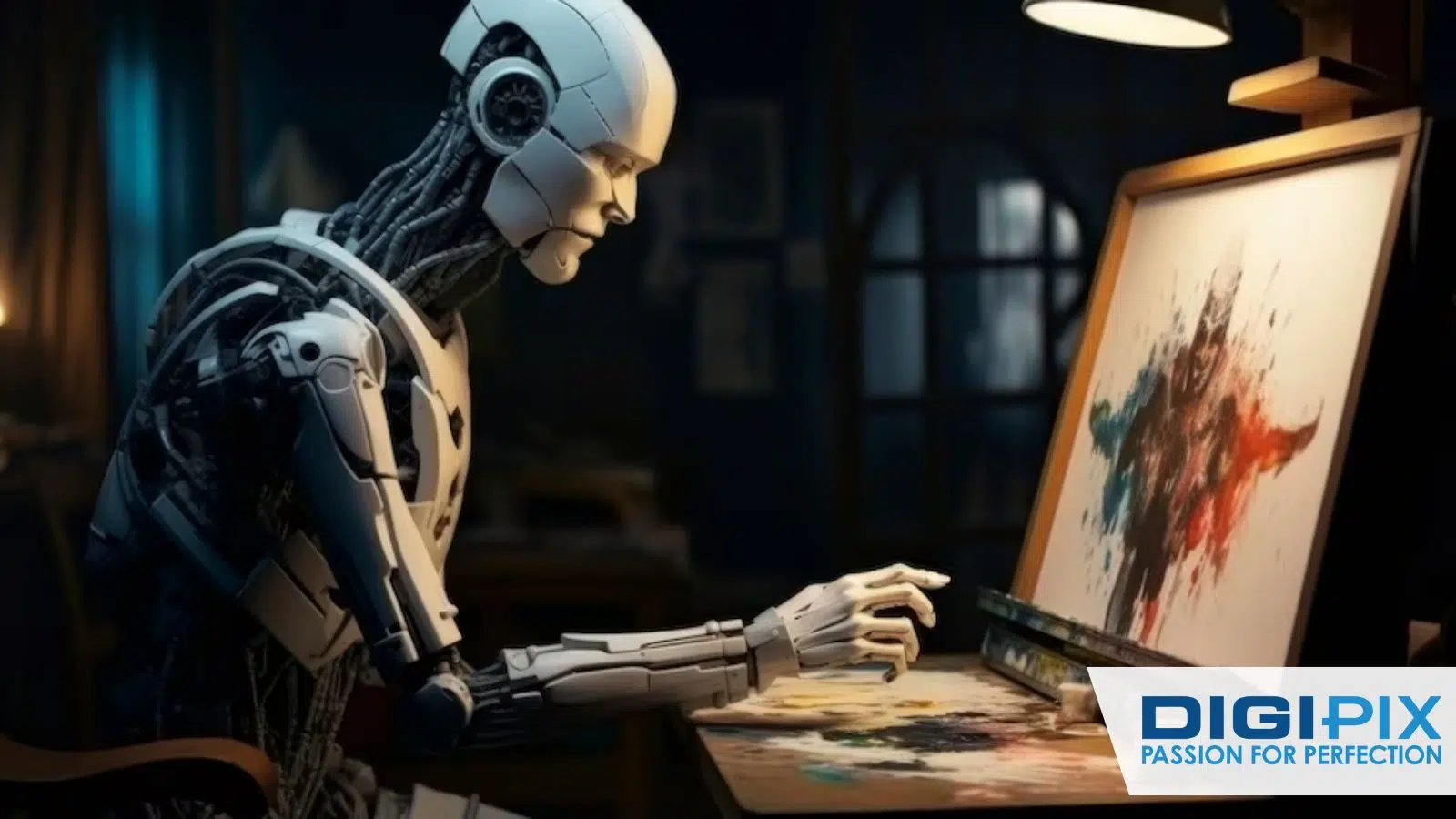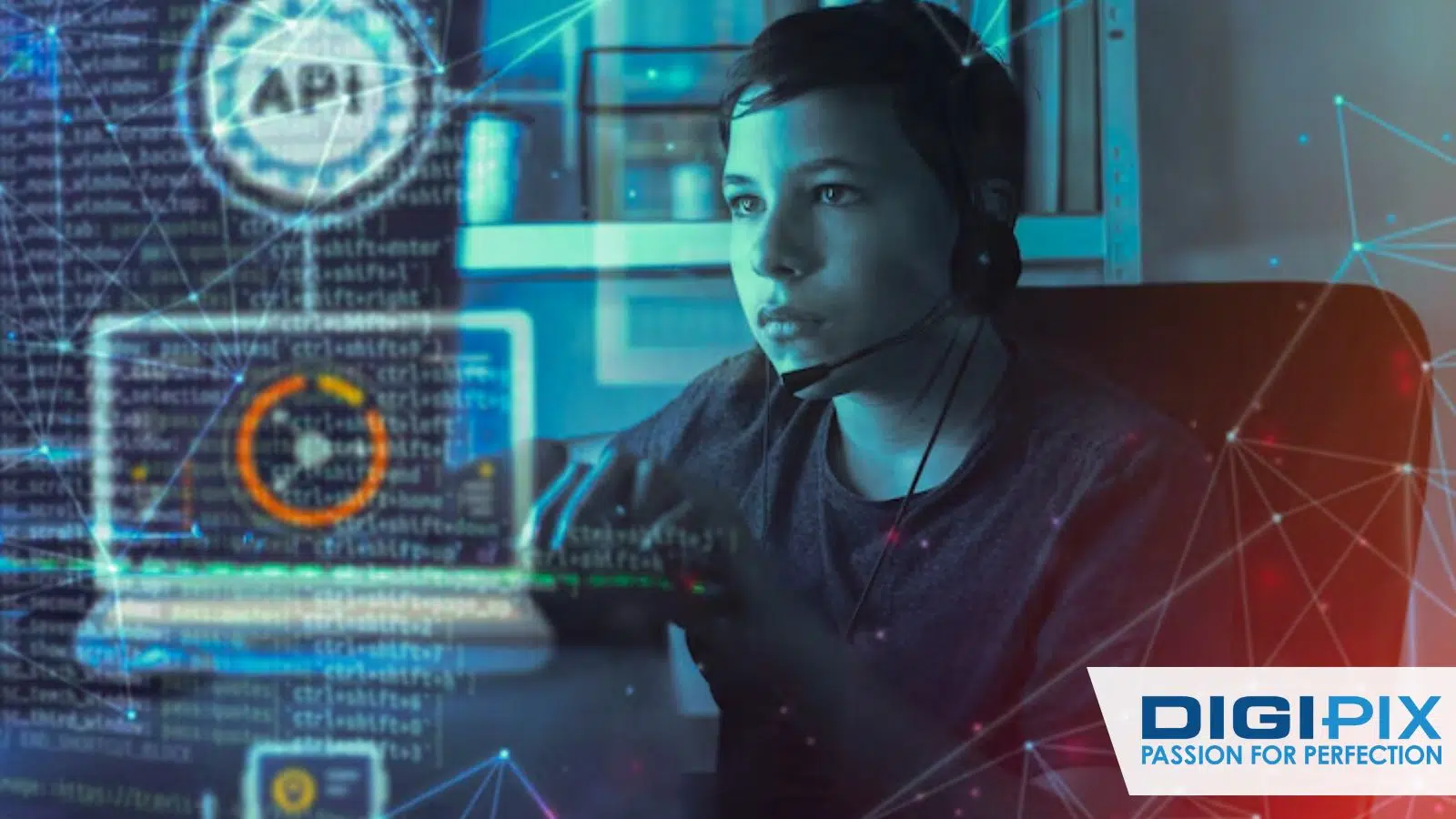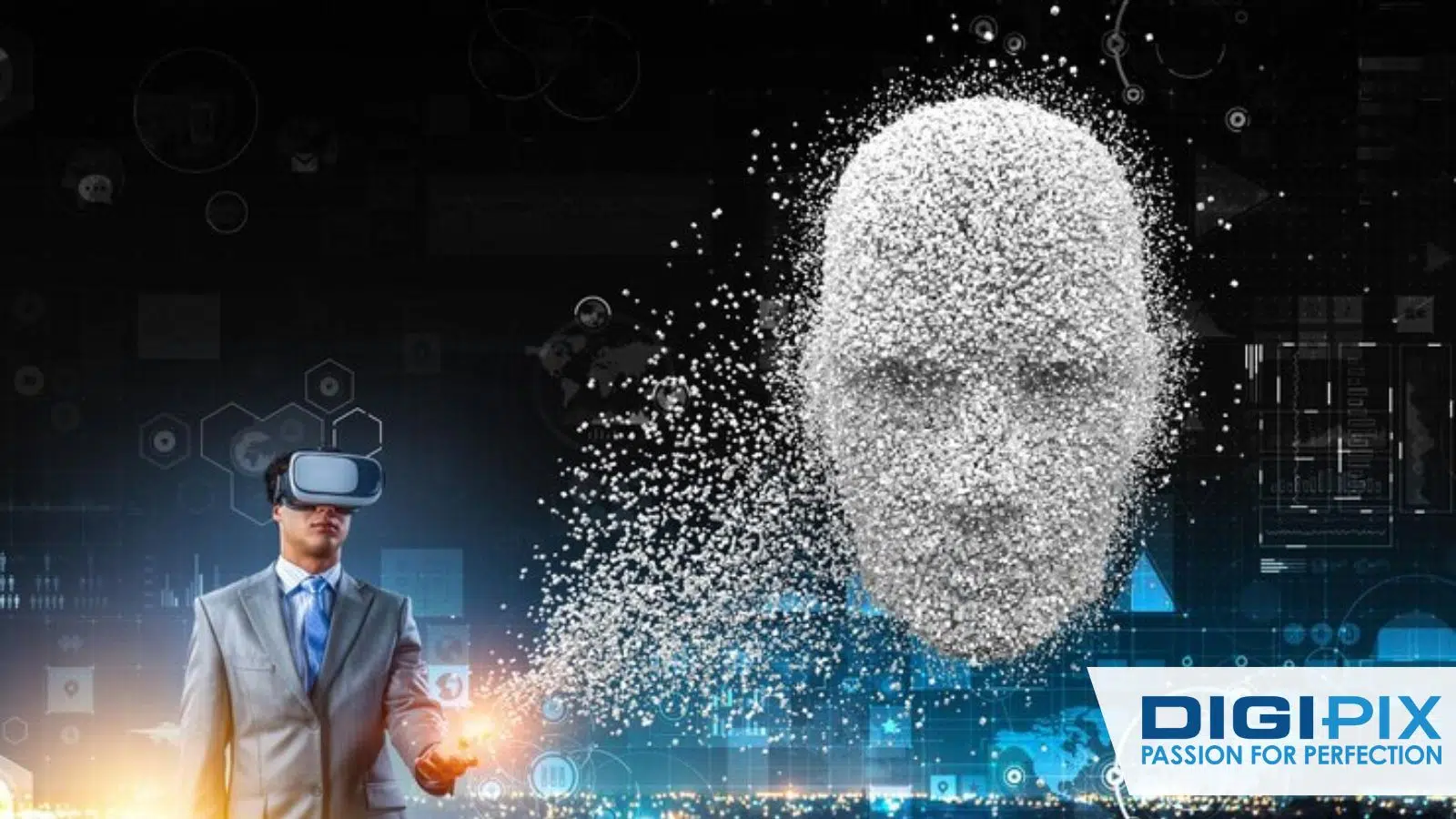AI and Animation The Complete Guide

Animation has seen exponential growth and innovation over the past few decades, with Artificial Intelligence (AI) leading the charge. From automating complex animations to creating hyper-realistic visuals, AI is transforming the way animators and studios bring stories to life.
In this guide, we will explore how AI integrates with animation, the benefits, current tools, real-world applications, challenges, and future trends. By the end, you’ll have a comprehensive understanding of how AI is reshaping this industry.
The Basics of AI in Animation
AI, or artificial intelligence, involves the simulation of human intelligence in machines. In animation, AI is used to perform tasks that traditionally required significant time and manual labor.
From automating simple tasks like in-between (the process of creating intermediate frames between two images) to complex ones like motion capture and natural language processing, AI is enhancing the quality and efficiency of animation.
How Does AI Work in Animation?
AI algorithms learn from data. For instance, in motion capture, AI systems can analyze vast amounts of movement data to predict and generate realistic animations.
Similarly, AI can learn and mimic styles, textures, and expressions, allowing animators to achieve consistent results effortlessly.

How Does AI Work in Animation
Key Concepts:
- Machine Learning (ML): A subset of AI, ML algorithms can adapt and improve based on data. In animation, ML helps improve realism and automate repetitive tasks.
- Deep Learning: Deep learning models like neural networks are capable of recognizing patterns and enhancing character animations and effects.
- Natural Language Processing (NLP): Used in animation scripts and voiceovers, NLP helps generate dialogues and automate lip-sync animations.
How AI is Transforming Animation
AI's impact on animation can be summarized in several areas:
1. Automating Repetitive Tasks
Animation involves a lot of repetitive work, such as creating in-between frames, texturing, and rendering. AI-powered tools automate these tasks, saving animators countless hours. For example, in traditional 2D animation, AI can automatically generate frames between two drawings, creating smooth transitions.
2. Creating Realistic Movements
Character movements need to look natural and fluid. AI-based motion capture and simulation tools analyze real-world physics and human biomechanics to create lifelike animations. This is especially useful in 3D animation and gaming, where realism is crucial.
3. Improving Facial and Body Animation
AI can read and interpret facial expressions, allowing animators to create characters that convey emotions authentically. AI systems like DeepMotion can also refine body animations, ensuring that the character's body language matches the context of the scene.
4. Enhancing Visual Effects (VFX)
AI is revolutionizing VFX by making it easier to create complex simulations like fire, smoke, and water. Algorithms can predict how these elements should behave in a given environment, making effects more believable.
5. Enabling Personalized Animations
AI can analyze user preferences to tailor animations for individual viewers. This is particularly relevant in marketing and e-learning, where customized content can boost engagement and retention.
Unlock the benefits of local SEO with DigiPix our proven strategies connect your business with nearby customers, increase foot traffic & drive qualified leads.
Improve your local search rankings, appear in Google Maps results & build credibility with campaigns designed to maximize your reach.
See measurable growth with enhanced visibility, more website visits from local customers & a strategy focused on dominating local searches.
Start Free Now
Key Benefits of Using AI in Animation
The integration of AI in animation comes with several advantages:
- Efficiency: AI speeds up production times by automating labor-intensive tasks. This allows animators to focus more on creative storytelling and less on technical details.
- Cost Savings: Animation projects are known for their high costs, primarily due to labor and time expenses. By automating routine tasks, AI significantly reduces these costs, making high-quality animation more accessible.
- Enhanced Creativity: With AI handling mundane tasks, animators have more freedom to focus on creativity. AI also aids in concept generation, suggesting unique styles and animation techniques that artists may not have considered.
- Consistency and Quality: AI ensures that animation remains consistent throughout a project. Whether it's color grading, lighting, or character movements, AI algorithms maintain a high level of quality.
- Data-Driven Insights: AI can analyze user engagement metrics and feedback to help animators make data-driven decisions for improving content.
|
Benefit |
Description |
|
Efficiency |
Automates labor-intensive tasks |
|
Cost Savings |
Reduces production costs |
|
Enhanced Creativity |
Frees up animators for more creative work |
|
Consistency & Quality |
Ensures uniform quality across projects |
|
Data-Driven Insights |
Provides actionable data to optimize content |
Tools and Technologies in AI Animation
Several AI tools are making significant strides in animation:

Tools and Technologies in AI Animation
- Adobe Sensei: Adobe's AI platform, Sensei, powers features in Adobe Creative Cloud, like content-aware fill, automated masking, and intelligent image recognition. It helps animators quickly edit and optimize their projects.
- DeepMotion: A tool that uses AI-driven motion capture technology to automate and refine character animations. It analyzes video footage to create detailed and realistic animations without needing expensive mocap suits.
- Runway ML: A user-friendly platform that brings the power of machine learning to artists and animators. Runway ML simplifies tasks like image generation, style transfer, and real-time facial animation.
- Eisko: Eisko creates hyper-realistic 3D avatars using AI. It automates facial scanning and rigging, saving considerable time in character creation.
- RADiCAL: An AI-powered motion capture software that turns video footage into high-quality 3D character animations. It’s particularly useful for small studios that cannot afford traditional mocap systems.
Unlock the benefits of local SEO with DigiPix our proven strategies connect your business with nearby customers, increase foot traffic & drive qualified leads.
Improve your local search rankings, appear in Google Maps results & build credibility with campaigns designed to maximize your reach.
See measurable growth with enhanced visibility, more website visits from local customers & a strategy focused on dominating local searches.
Start Free Now
Real-World Examples of AI in Animation
AI isn’t just a futuristic concept; it’s already in use across various industries:
- Pixar and Disney: Pixar and Disney are pioneers in adopting AI for animation. They use machine learning algorithms to enhance character movements and automate background rendering.
- Netflix’s "Love, Death & Robots”: The anthology series leveraged AI to streamline animation and make the visuals more lifelike. AI was used for generating textures, simulating environments, and enhancing VFX.
- Gaming Industry: Video game studios use AI to create dynamic worlds and intelligent NPCs (non-player characters). AI algorithms ensure that character behaviors adapt to player actions, making games more immersive.
- Advertising and Marketing: AI is used to create targeted, animated advertisements that adapt to user preferences in real time, boosting engagement and conversion rates.
|
Company/Project |
Application |
Impact |
|
Pixar and Disney |
AI-driven character movements and rendering |
Improved efficiency and realism |
|
Netflix’s "Love, Death & Robots" |
Automated VFX and texture generation |
Enhanced visual quality |
|
Gaming Industry |
Intelligent NPC behavior and environment design |
Immersive and adaptive gameplay |
|
Advertising Sector |
Real-time adaptive animations |
Increased engagement and conversions |
Challenges of AI in Animation
Despite its benefits, AI in animation does come with challenges:

Challenges of AI in Animation
High Initial Costs
Implementing AI tools can be expensive. Studios must invest in software and training, which may not be feasible for smaller companies.
Quality Control
While AI can automate many tasks, it sometimes lacks the human touch needed for storytelling. Animators still need to review and refine AI-generated work.
Data Dependency
AI algorithms rely on vast amounts of data. Poor-quality data can result in inaccurate animations, making data management crucial.
Ethical Considerations
As AI becomes more powerful, questions arise about job displacement and the ethical implications of using AI in creative fields.
Complexity in Adoption
Integrating AI into existing workflows can be complicated and require significant adjustments in production pipelines.
Future Trends and Predictions
The future of AI in animation looks incredibly promising. Here’s what we can expect:
- Hyper-Realistic Character Models: Advances in AI will make characters indistinguishable from real humans. This will be especially valuable in film and video games.
- Personalized Content: AI will allow for the creation of animations tailored to individual viewer preferences, enhancing user engagement.
- Emotion Recognition and Animation: AI will enable characters to respond to human emotions, creating more interactive and engaging experiences. Imagine a VR character that can read your facial expressions and adjust its behavior accordingly.
- Collaborative AI Tools: AI tools will evolve to work more collaboratively with artists, providing real-time feedback and suggestions during the creative process.
- Sustainable Animation Practices: AI will optimize energy use in rendering and production, making animation more eco-friendly.
Unlock the benefits of local SEO with DigiPix our proven strategies connect your business with nearby customers, increase foot traffic & drive qualified leads.
Improve your local search rankings, appear in Google Maps results & build credibility with campaigns designed to maximize your reach.
See measurable growth with enhanced visibility, more website visits from local customers & a strategy focused on dominating local searches.
Start Free Now
Last Words:
AI is undeniably revolutionizing the animation industry. It automates laborious tasks, enhances realism, and offers unprecedented creative possibilities. However, it’s a complement to human artistry, not a replacement.
As technology advances, AI will continue to open new doors for animators and storytellers, making animation more exciting and accessible than ever.
By embracing AI while maintaining the essence of human creativity, animators can unlock a world of possibilities and tell stories that captivate audiences worldwide.
FAQs
How does AI improve animation efficiency?
AI automates repetitive tasks such as frame rendering and motion analysis, freeing up animators to focus on creative aspects.
Can AI completely replace human animators?
No, AI serves as a tool to enhance the animation process. Human creativity, emotion, and storytelling remain irreplaceable.
What are some popular AI animation tools?
Adobe Sensei, DeepMotion, and Runway ML are among the widely used AI tools in animation.
Is AI animation more expensive?
While initial investments may be high, AI significantly reduces long-term costs by speeding up production and minimizing manual work.
What skills do animators need to work with AI?
Animators should understand AI software and have a basic grasp of machine learning concepts to use AI tools effectively.
Request A Quote
Written By: Khurram Qureshi
Founder & consultant of DigiPix Inc.
Call or text: 416-900-5825
Email: info@digipixinc.com
About The Author
In 2005, Khurram Qureshi started DigiPix Inc. which started off as a design agency offering video editing to professional photography, video production & post production, website designs and 3D Animations and has now expanded towards online marketing and business consultancy. Khurram Qureshi also is a motivational figure and participates in local and international platforms. He also play a role in the local community development, helping local young minds get ready to enter the job market.



